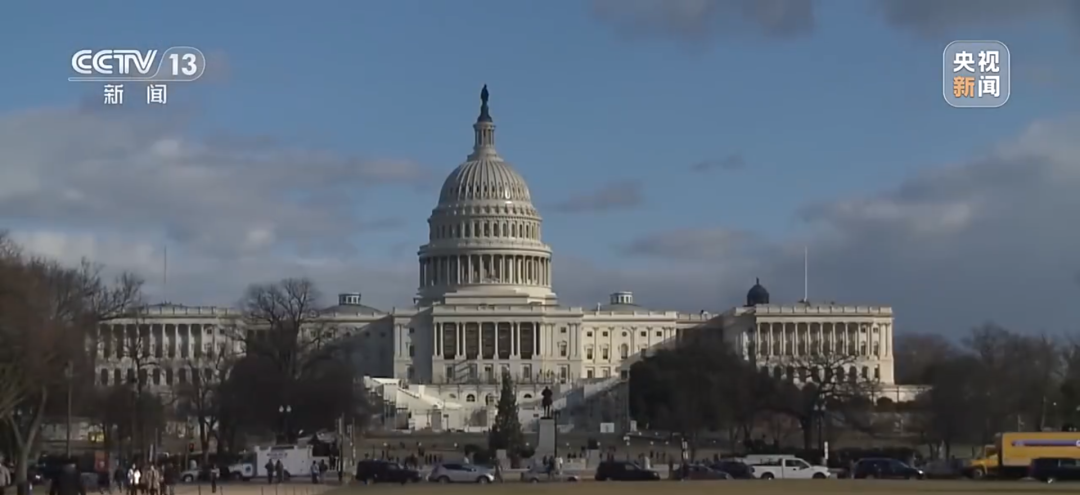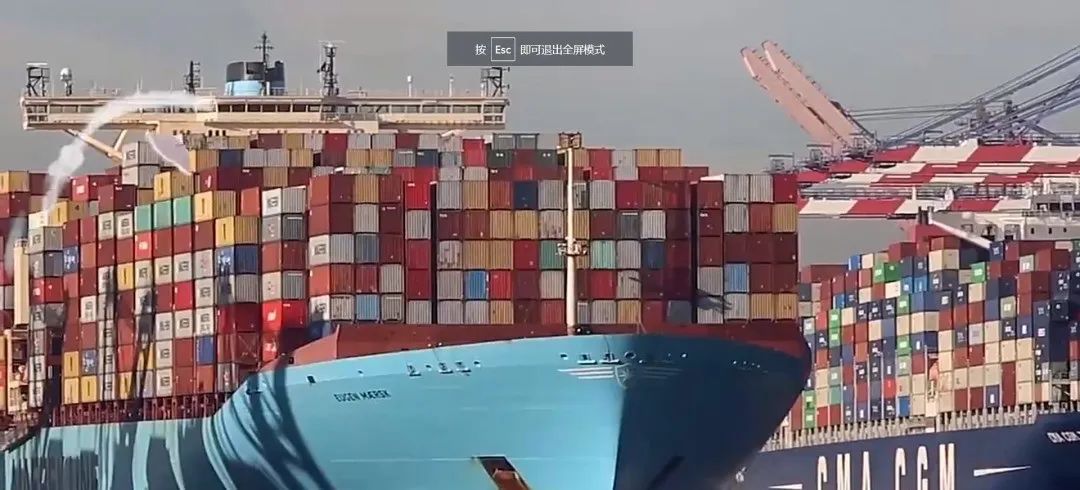html
Global Trade Reshaped: Brazil Steps In as China’s Beef Supplier Amid U.S. Export Collapse
1. Introduction: A Trade Earthquake in the Meat Market
The global beef trade is undergoing a seismic shift. On April 17, 2025, Brazil’s Agriculture Minister Carlos Fávaro announced that Brazil is ready to replace the U.S. as China’s primary beef supplier after nearly 400 American slaughterhouses lost their export licenses to China. This declaration, made at a BRICS agriculture ministers’ meeting in Brasília, marks a pivotal moment in international trade dynamics.

The U.S., once a dominant player in China’s beef market, saw its weekly exports plummet from over 2,000 tons in February 2025 to just 54 tons by March 20. Meanwhile, Brazil—already China’s largest beef supplier in 2024 with 1.33 million tons (47% of China’s imports)—is poised to capitalize on this void. Let’s unpack how tariff wars and shifting alliances are redrawing the map of global commerce.
2. The U.S. Loses Ground: How Tariffs Backfired
2.1 The Collapse of U.S. Beef Exports
Under the Trump administration’s escalating trade policies, the U.S. imposed sweeping tariffs on Chinese goods, triggering retaliatory measures. On March 10, 2025, China introduced 10-15% tariffs on U.S. agricultural products, including beef. Combined with the expiration of export licenses under the 2020 Phase One Trade Deal, U.S. beef shipments to China effectively ground to a halt.

Key data points:
- 2024 U.S. beef exports to China: 170,000 tons ($1.6 billion).
- March 2025 weekly exports: 54 tons, down 97% from February.
- Impact: Major processors like Tyson Foods face cold storage overstock and potential layoffs.
2.2 Political Repercussions for the U.S.
The losses hit Trump’s core supporters hardest:
- Agricultural states like Texas and Nebraska, vital to Trump’s electoral base, are bearing the brunt.
- U.S. farmers warn of permanent market loss as Brazil and Australia fill the gap.
3. Brazil’s Strategic Rise: Seizing the Opportunity
3.1 Preparing for a “Golden Moment”
Brazil has systematically positioned itself as a reliable alternative:
- Beef production capacity: Able to expand farmland by millions of hectares.
- 2024 exports to China: 1.33 million tons, dwarfing the U.S.’s 170,000 tons.
- 2025 Q1 growth: Agricultural exports to China surged 67% year-on-year.

3.2 Strengthening Bilateral Ties
Brazil is leveraging diplomatic channels to lock in long-term partnerships:
- Technical meetings: Chinese customs officials visited Brasília to streamline quarantine protocols.
- Infrastructure investments: China is funding slaughterhouse certifications and logistics upgrades.
4. The Ripple Effects of U.S.-China Trade Tensions
4.1 Australia and Argentina Join the Fray
While Brazil leads, others are benefiting:
- Australia: Grain-fed beef exports to China jumped 40% in Feb-Mar 2025.
- Argentina: Exported 595,000 tons to China in 2024, with plans to boost shipments.

4.2 China’s Diversification Strategy
China is reducing reliance on any single supplier:
- 2023 import sources: Brazil (43%), Argentina (19%), Australia (8%), U.S. (6%).
- Domestic production: Beef self-sufficiency rose to 68% in 2025 through tech upgrades.
5. Challenges for Brazil: Can It Sustain the Momentum?
5.1 Infrastructure and Environmental Concerns
Brazil faces several challenges:
- Logistics bottlenecks: Poor transport networks delay shipments; 40% of Brazilian roads are unpaved.
- Deforestation criticism: Amazon clearance for cattle farming risks EU trade barriers.

5.2 Competition from Other Suppliers
Brazil must also contend with competition:
- Russia: Offering discounted pork and oil in exchange for beef market access.
- India: Seeking to enter China’s halal meat market.
6. The Bigger Picture: Reshaping Global Trade Rules
6.1 BRICS vs. U.S.-Led Alliances
The BRICS bloc (Brazil, Russia, India, China, South Africa) is advancing:
- De-dollarization: Trading in local currencies to bypass U.S. sanctions.
- Supply chain resilience: Building alternative routes like the Two-Ocean Railway (Brazil-Peru).

6.2 Lessons for the U.S.
The U.S. can learn several lessons:
- Self-inflicted wounds: Tariffs aimed at China hurt U.S. agribusiness more.
- Global distrust: 54% of U.S. farmers oppose Trump’s trade tactics.
7. Future Outlook: A Multipolar Trade World
7.1 Short-Term Projections
Here are some short-term projections:
- Brazil’s 2025 beef exports to China: Estimated to hit 2 million tons (+50% from 2024).
- U.S. farm bankruptcies: Could exceed 200 cases by late 2025.
7.2 Long-Term Shifts
Long-term shifts are also expected:
- China’s import diversification: Targeting 10+ suppliers for critical commodities by 2030.
- Tech-driven agriculture: Sino-Brazilian R&D on gene-edited cattle to boost yields.
8. Conclusion: Trade Wars Have No Winners
The U.S.-China beef dispute underscores a harsh truth: unilateral tariffs often backfire. While Brazil gains short-term advantages, the real victors are nations embracing cooperation over confrontation. As Minister Fávaro noted: “Global food security depends on collaboration, not zero-sum games.”
For businesses and policymakers, this saga offers a blueprint: diversify partners, invest in sustainability, and prioritize long-term stability over political posturing. The era of U.S. trade dominance may be fading, but the path to shared prosperity remains wide open.
References: [[27]][[28]][[30]][[31]][[32]][[34]][[35]][[37]][[38]][[40]][[41]][[42]]
